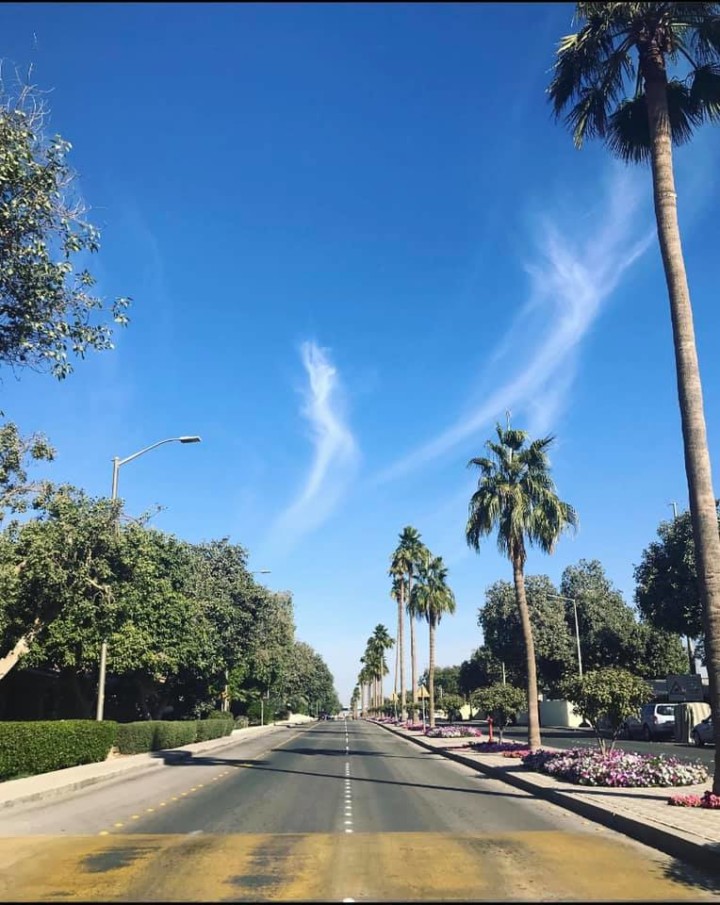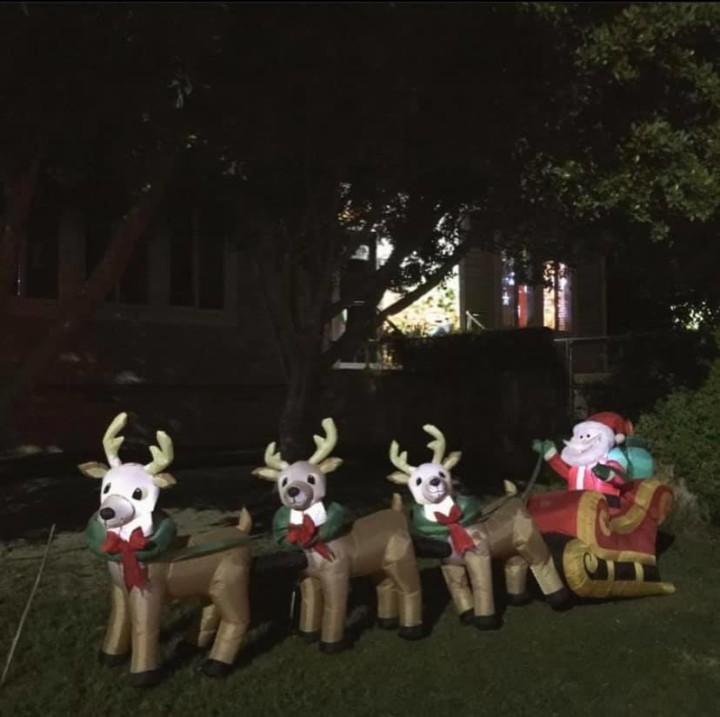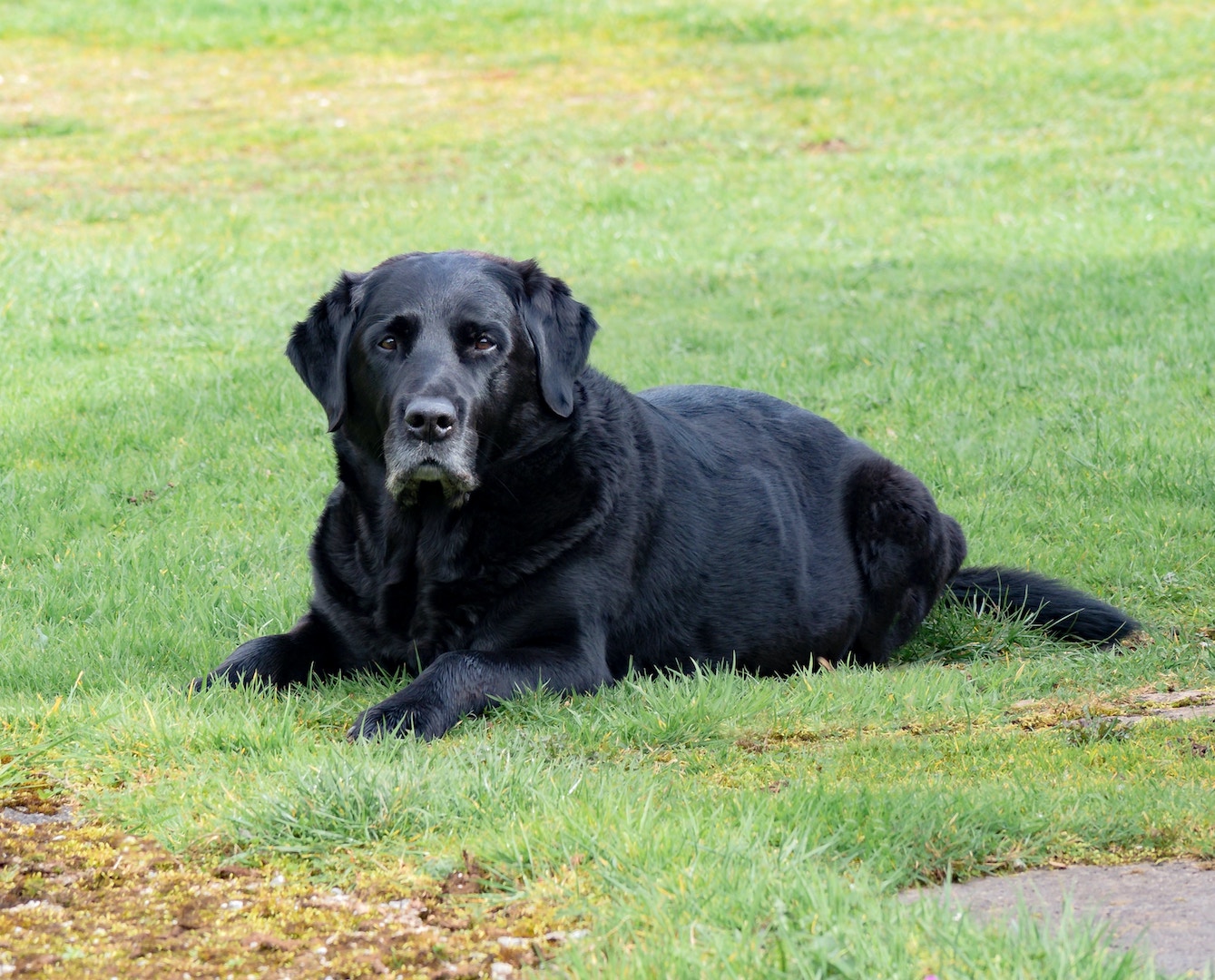Written by Anushka Bose
Our society seems to be fixated on boxing us into categories and labels, into a black and white world; however, I attest that such classifications often divide us even further. We live in a world full of grey and full of nuance. I realized the gravity of this sentiment through my experience growing up abroad as a third culture kid, where the only thing in common was that we were all different, in our culture, religion, and the perspectives we held. For this reason, I have always felt uncomfortable when I’ve been boxed up in a category because there is so much more to a person than their ascribed traits and prescribed status in society. Follow me as I explore some Third Culture Kid characteristics, my expatriate experience, and how it has shaped my personal myth.
Third Culture Kid Definition
A Third Culture Kid (TCK) is a person who has spent a significant part of his or her developmental years outside the parents’ culture and outside their own passport country, usually marked by a residential status that has an expiration date. Not limited to, but most of the time, a TCK’s parents are diplomats, missionaries, members of the military, or in the Oil and Gas sector. I am a Third Culture Kid.
You may be wondering if I am not a fan of labels, why am I categorizing myself as a third culture kid? It’s because the sense of belonging I derive from being a TCK is often through relationships with others who have lived similar experiences. The shared experience, not an ascribed status, binds us.
Even so, I am wary of identifying too strongly with the TCK umbrella because no two individuals are alike. Even within the commonality of the expatriate experience, there are many nuances and differences among people. The TCK experience not only shaped me into the person I am today but it helps me live out my personal myth.
Third Culture Kid Characteristics: A Paradox of Experiences
Third Culture Kids are products of a paradox of experiences, which are both enriching and complicated. Lots of TCKs face challenges at a young age when they have to adapt and understand the facts of life from different cultures and norms, even before they have fully developed their own identity. Often, many TCKs embrace familiarity and belonging in a culture that is vastly different from their own “passport” country. Ironically, this is also where they can feel out of touch. To varying degrees, TCKs feel like an outsider wherever they go.
To make it easier to understand, I am listing words that can help you understand some of the characteristics that TCKs possess, both the benefits and challenges. This list is not exhaustive, nor does it speak for everyone under the TCK umbrella. Instead, it is meant to serve as a broad guide to help understand the duality of their experience.
- Adventurous
- Curious
- Adaptable
- Perceptive
- Tolerant
- Misunderstood
- Confused
- Unrooted
- Complex Relationship with Change
- Nomadic (But Crave Stability)
Through the uprooting and exposure to new cultures and ideas, TCKs learn to adapt quickly, present high levels of curiosity, enjoy adventures, and have an ability to understand cultural mores. The exposure to differences makes them malleable and tolerant of differences. Simultaneously, with each move or new interactions, they have the propensity to feel misunderstood, confused, unrooted. They possess a complicated relationship with change: one hand, many TCKs desire to live out a nomadic lifestyle, but other TCKs carve more roots and stability. And it’s likely that the conflict between change stability pulls them in different directions, depending on what juncture they are at in their lives.
I’m a Third Culture Kid: Lessons from Expatriate Arabia
When I was around eight-years-old, I moved to an Americanized-expatriate community in the Eastern Province of Saudi Arabia—to Dhahran, Saudi Arabia—due to my father’s work as a petroleum engineer in the oil industry. The city I lived in was founded by Standard Oil of California (SoCal) in 1933 when the Saudi Arabian Government granted SoCal a concession to explore oil in the Kingdom. After arduous efforts, oil was found. In a couple of years, the once empty town, resemblant of a desert landscape, boomed into a residential community. It became marked by prolific greenery, palm trees, and golf courses.


The community, designed to be a replica of a California settlement, became a portable American suburb: there were established American schools, soccer, baseball and track fields, a stable, Boys and Girls Scouts, holiday festivities of Christmas, Halloween, Eid, etc. There were no mandated dress codes or restrictions on driving for women. It was truly a bubble. There were numerous cultures in the community, spanning from North America to Europe, Asia, Africa, and Australia. The pluralistic lifestyle exposed me to different norms, religions, and languages at play. At a very young age, I learned that even if I don’t understand someone’s language verbally, I can understand their story, and their humanity, just by observing their actions and picking up on the nuances between cultures.
When I tell people where I grew up, because of the amount of time it takes me to explain my story, I assume they think I am bragging about the “privilege” I grew up with. Sure, in certain ways I was privileged; but in other ways, I was not. The truth is much more humble.
The Simplicity of Life in the Bubble
Life was abundantly simple in the city, just like the minimalist desert landscape Kingdom we lived in. Our homes were never ours, they were owned by the company, and there was no permanence to our lives there. Our tenure was determined by the age-restricted retirement by the company policy, at which point you have to repatriate back “home.” While some social freedoms existed within the community, it was balanced by several restrictions. My parents did not engage in frequent lavish vacations like many ex-pats. Instead, they worked hard and always prioritized values like family and education. It is due to this commitment that my brother and I learned to value a strong work ethic, prioritize family values, and possess a strong commitment to education.
The community, since it houses many ex-pats and oil interests, was also susceptible to consequences of tense political events and many security concerns. After various terrorist attacks in the Kingdom over the years, and more so, the sheer possibility of terrorist activity, the threats translated into a hyper-vigilance mindset for many, who were scanning for risk in any new advent. While this vigilant mindset shields you from danger and helps you develop an acute discernment of safety and danger, it can also add weight on your shoulders and make it harder to enjoy life, to play, and explore. Esther Perel, in her interview with Dax Shepherd, notes that “you cannot be free if you are in a state of anxiety; you cannot experience pleasure from a state of contraction. Fear is contraction.” As is vigilance. It made me wonder, can we be cautious & vigilant and play & explore at the same time? Can they coexist? I haven’t found an answer to this question yet, but I would like to say no. The vulnerability of the unknown and your fears seems daunting, yet the antidote to such feelings is affirming life with defiance. Engaging with the uncharted with willingness helps you drop some of the weight from your shoulders.
I Found Similarities Among the Differences
Being of Indian origin, and growing up in a predominant American, multicultural community, in the wider context of Middle Eastern culture, helped me understand the true meaning of diversity. A type of diversity that not only exists through the visible factors, but also in the way we think, behave, and view the world.
When everyone around you is different, you find room for commonality through shared experiences, values, and humanity. That is where true tolerance is bred.
In fact, a profound lesson came from my family being subject to discrimination from the guise of social niceties from people who looked like me but spread malice and discrimination, afforded by certain privileges the hierarchical social strata of the community brought them. As a result, it made me seek experiences with those on the basis of values and not primarily based on my ascribed physical traits or status.
The best lesson I learned was that amidst all the differences that categorize us, there is plenty of similarities to be found. It can be found in a conversation where you realize a problem that you thought only existed in the perimeters of your culture is present in someone else’s entirely different culture. It can be found in the same appreciation of art, food, music, and thought. It can be found in the way you attempt to solve a problem with another.
It can be found in the bittersweet and teary-eyed goodbyes at the airports. It can be found with the stranger next to you on the airplane. While I learned to honor the differences, I was also innocently surprised by the commonality and fragility of the human experience.
The Familiarity of Airports: London Heathrow
Third culture kids endow many benefits from their highly mobile lifestyles. Airports become a familiar place. For me, that familiar place is London Heathrow. I remained loyal to British Airways through the years. I vividly remember the airplane safety recordings and their television list, and some of their menu items for dinner! I’ve had some of the best conversations with strangers who sat next to me. My most favorite was a lady named Janine and her son, Oliver, who was a very sweet and funny six-year-old. They were traveling back to London after attending a conference in California. Apart from the conversation, a moment I won’t forget is when Oliver did something hilarious. He thought, instead of disturbing me while I was asleep, it would be more respectful to cross over my seat by going over it. I woke up with him in some sort of gymnastics position, trying to cross over from the window seat, over his mom, and then over me, to get to the aisle. I woke up in the middle of this and we all burst out laughing.
I can close my eyes and recall the outlet of Terminal Five of London Heathrow Airport, which had become my layover for years. While many prefer direct flights, the layover gave me a chance to catch my breath. As soon as I cleared security, my first stop would be the Harry Potter store, where my nostalgia and fascination with all things Harry Potter would come alive. Who knows how much time I spent there! Then, I would visit Harrods and scout through their charming products — representative of British influence. I never bought one, but I would spend some time admiring their Royal English British tea sets. My most recent purchase was a beautiful green pen (I only use it to write special things!). Next, I would spend some time in a bookstore and scavenge through the bestsellers.
Last, I would stop by Pret A Manger and get my usual chocolate croissant and a fruit smoothie. I would enjoy the meal as I found a spot by the window to watch the planes park. Through all the noise of the airport, I found moments of tranquility and stillness.
There is no denying that a TCK lifestyle provides you with benefits and a lifetime of interesting stories. However, seldom do people talk about some of the darker sides of expatriate lifestyles, which is a large and lingering part of the experience.
The Role of Ambiguous Grief for TCKs
According to Ruth Van Reken, unresolved grief is the most urgent mental health issue facing TCKs — both as children and as the adults they will become. Since TCKs live under a temporal bound to their residence, never fully belonging, home begins to become an opaque concept. Brene Brown, the renowned author and speaker, notes that the “greatest barrier to belonging is fitting in.” How can you call a place your home when you hold no legal ties? When your family repatriates? The transition of repatriation or moving results in a profound tangible and intangible loss, paving the path for ambiguous loss. When ambiguous loss occurs, it is accompanied with unresolved grief, which is grief that doesn’t have anywhere to go— grief that is frozen in time.
Pauline Bross introduced the phrase ambiguous grief in the 1970s, and she defines the phrase in two types of losses: The first is physical absence with psychological presence (divorce, relocation, migration), and the second is psychological absence with a physical presence (dementia, Alzheimer’s, depression, or other mental illnesses). In traditional western psychotherapy, there is a large emphasis on healing and grappling with grief. Usually, that process involves closure, but this is where things get complicated. Ambiguous loss does not have a defining moment of closure.
The grieving occurs in fragments: Third Culture Kids’ lose their entire world with a plane ride, their mementos stuck away in their suitcases, letters, phones, and memories.
Closure is Overrated
They lose their entire relational world when they repatriate—their friends, the doctor, the teller, the grocer, everyone becomes someone they used to know. The loss of togetherness and familiarity can keep them stuck in their grief for long stretches of time. They grapple with the unresolved grief for years because it is so covert. They are unable to find closure.
However, I recently came to the realization that closure is overrated. Instead of trying to grant ourselves closure, we have to be comfortable living in the paradox we find ourselves in. We can achieve this honoring the past, but also being enthralled in the present. If we can’t let go of the past, we aren’t rooted in the present, and if we aren’t rooted in the present, we can’t move forward into the future.
My brother, who has helped mentor me in my journey, has always said that your future needs you more than your past, and this phrase has become part of my personal myth.
My Myth: A Cycle of Goodbyes and Renewal
I like to think of myths, not as a word of the past, but as being very much still alive. I define myths as a guiding framework, the story we live our lives out on; the journey that signifies our struggles and rewards. These myths reflect our own parables of growth and they help us in the art of storytelling of our own lives. Thus, myths can be understood by looking at your life looking backward, akin to a story.
Carl Jung, the Swiss psychotherapist, noted in the prologue to his autobiography that his main objective is to tell his personal myth. He wrote, “I can only make direct statements, only ‘tell stories.’ Whether or not the stories are true is not the problem, the only question is whether what I tell is my fable, my truth.”
Applying the concept of myth to my own life, I have discovered that my myth is a cycle of goodbyes and renewal. Throughout my life as a third culture kid and now adult, through repeated goodbyes, I have understood the value of time, connections, and people. I have learned to honor the present moment because you never know when the rug is pulled out from beneath you. I have learned that closure is overrated and healing from unresolved grief can be acquired without it.
Rising Like a Phoenix
Through renewal, I have learned to do many uplifting things: to explore, adventure, absorb, and play. I have learned to embrace the dichotomy of life: the uncertainty and excitement, the grief and hope, the fear and confidence.None of this is mutually exclusive.I have learned to make friendships with people from all walks of life. I have learned the value and excitement of starting over, a new chapter in a place where nobody knows you, and where nobody knows you, you have the opportunity to reinvent yourself.
Embarking on a journey in the unknown and leaving the familiar behind is part of my myth. Despite the hardships, or maybe because of it, it has helped me rise like a phoenix, alluding to the mythical story in which the phoenix rises from the ashes. In the story, the phoenix is a mythical bird with fiery plumage that lives up to 500 years. Towards the end of its life, it settles in to its nest of twigs, which then burns ferociously, marking the death of the phoenix. Soon after, from those ashes, a new phoenix rises—renewed and reborn. The story of the phoenix symbolizes the transformation from catastrophe to resilience and strength.
What Is Your Myth?
Our journey and travails shape us into the person we are. Just as my Third Culture Kid experience has helped me morph into the person I am and shape the values I hold, I am sure that each one of you has a compelling story or a moment in your life that left a profound impact on your life.
My Third Culture. Kid experience helped pave the path for my myth to evolve, in a cycle of endings and beginnings, losses and gains. I began to live through contrasts: grieving and honoring the past, as well as inviting and exploring the present. Living in the paradox reinforces the scarcity of time and the bittersweetness of our experiences. Despite the challenges, I am grateful for the TCK experience and for the values my family instilled in me through the journey. I would not trade the experience for the world. Although grief is a part of this journey, the fruits of the experience are worth much more.
I hope that this article has helped you understand the nuances of cultural experiences that exist and has given you insight into my myth. I share my story with the same sentiments that Paulo Coelho wrote in his world-famous novel, The Alchemist, “Even if my neighbor doesn’t understand my religion or understand my politics, he can understand my story. If he can understand my story, then he’s never too far from me.”
And with that note, I leave you to wonder, what is your myth?


















